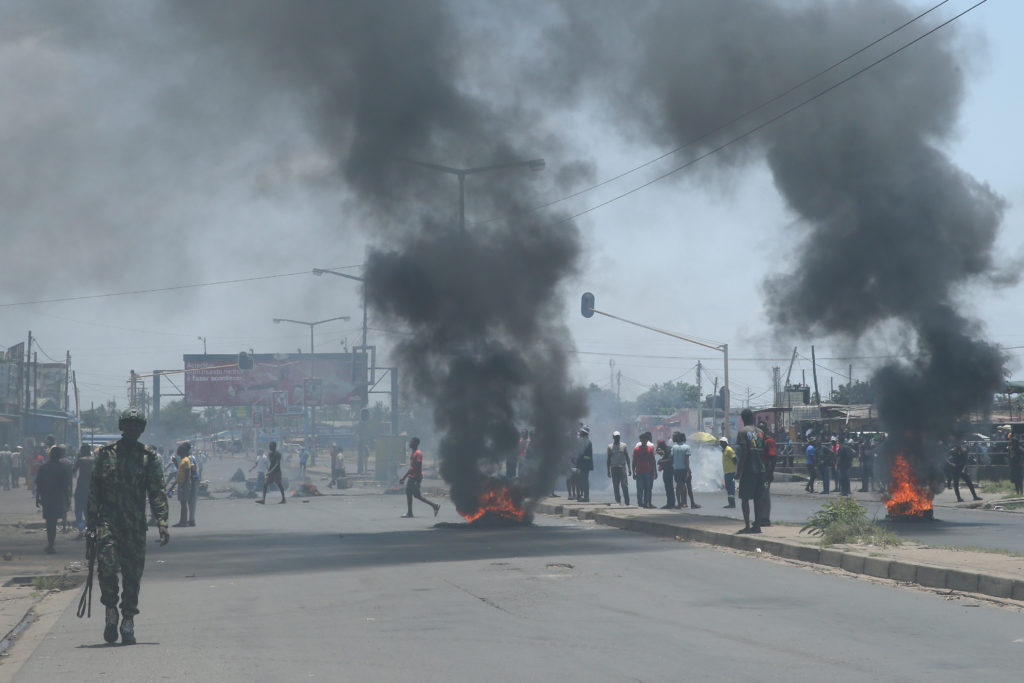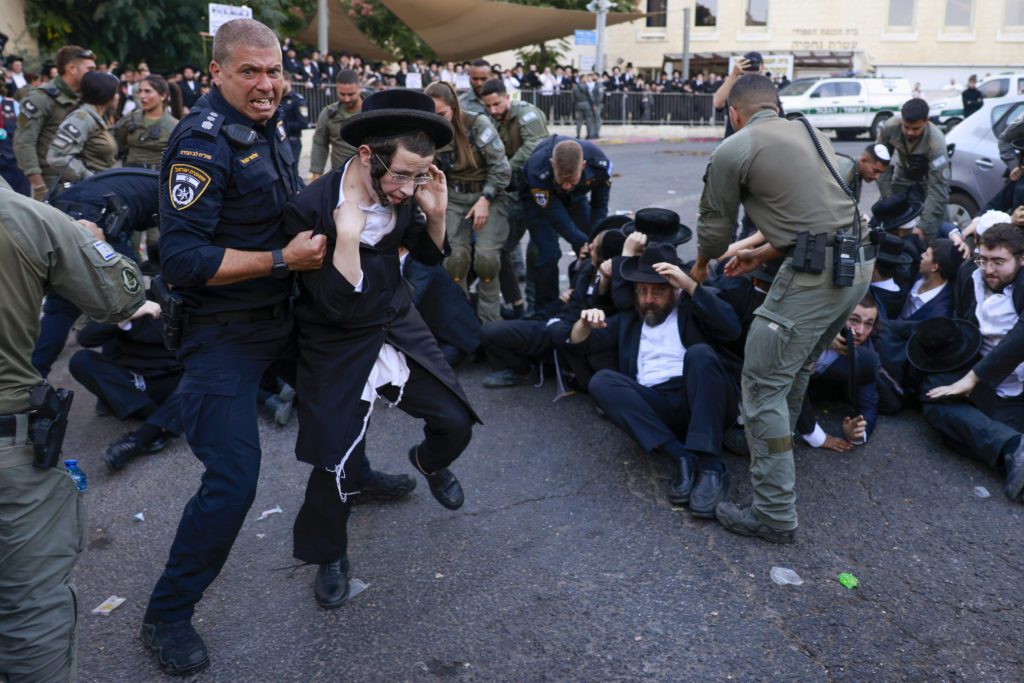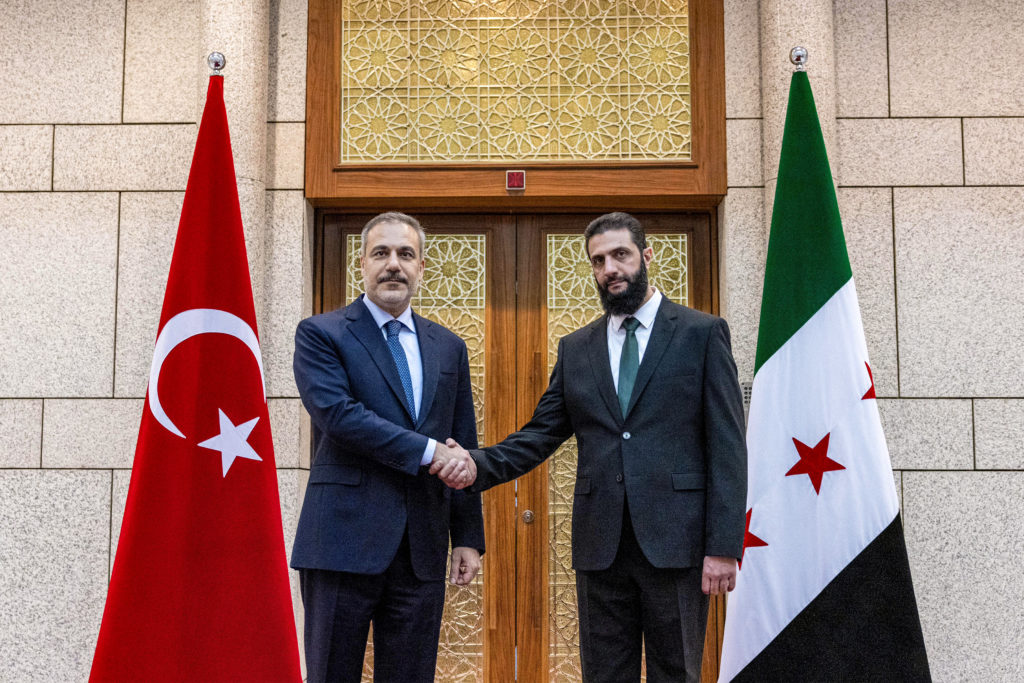Hours after the final foreign forces flew out of Afghanistan, Taliban leaders walked victorious through the airport, flanked by guards dressed in special forces combat kit inspecting destroyed US helicopters.
Taliban spokesman Zabihullah Mujahid led a group of officials onto the runway, his usual stoic expression replaced by broad grin.
The Taliban’s so-called “Badri 313” special forces unit posed for pictures, brandishing US rifles and flying the group’s white flag.
Once one of the most secure sites in Afghanistan, the airport’s passenger terminal was trashed.
Empty bullet casings littered floor near all the entrances.
After the Taliban entered the capital on August 15, the airport was surrounded by vast crowds trying to get their way onto an evacuation flight — but many more were blocked by a ring of Taliban checkpoints.
On Tuesday, all checkpoints, bar one, had been removed from the road leading to the airport.
The mood had changed too.
Taliban guards were in high spirits, shaking hands with drivers and passengers.
Ensuring the security of Kabul’s Hamid Karzai International Airport is a key issue, and the Taliban have repeatedly said they would not accept any foreign military presence in Afghanistan.
Dozens of aircraft and military helicopters stood empty, wrecked by American forces in a final act before they flew away.
Before the last US troops left, they disabled scores of aircraft and armoured vehicles — as well as a high-tech rocket defence system — at the airport, a US general said.
Cockpit windows had been smashed, and aircraft tyres shot out.
Central Command head General Kenneth McKenzie said 73 aircraft were “demilitarised,” or rendered useless, by US troops before they wrapped up the two-week evacuation of the Taliban-controlled country.
He said the Pentagon, which built up a force of nearly 6,000 troops to occupy and operate Kabul’s airport when the airlift began on August 14, left behind around 70 MRAP armoured tactical vehicles — which can cost up to $1 million apiece — that it disabled before leaving, and 27 Humvees.
The US also left behind the C-RAM system — counter rocket, artillery, and mortar — that was used to protect the airport from rocket attacks.
The system helped fend off a five-rocket barrage from the Islamic State group on Monday.
burs-fox-pjm/ecl/mtp










